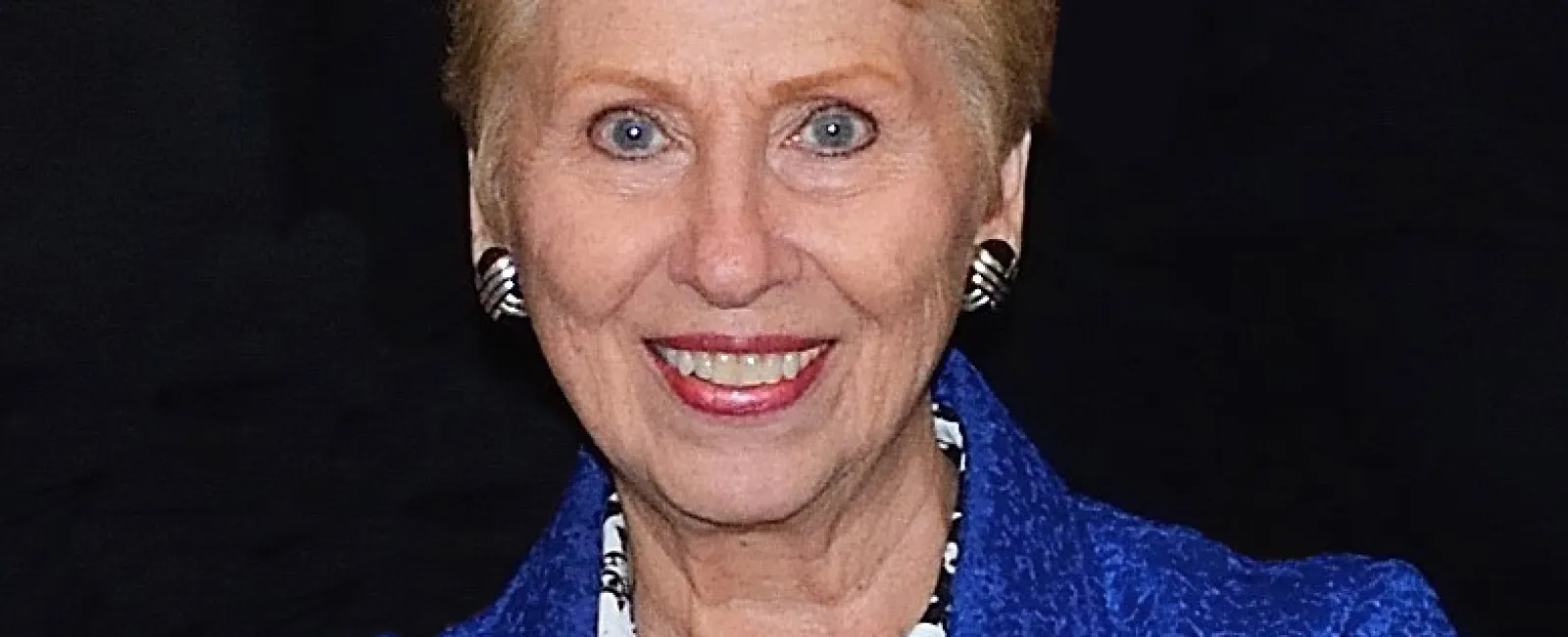Betty Oldanie, a former Suncoast Hospice executive
Our Suncoast Hospice story began in 1976 when a small group of Pinellas County residents met in Clearwater and led with hearts and determination to bring compassionate care and comfort for the dying and their families. This specialized model of care is known as hospice.
The new book, A Caring Sanctuary: Suncoast Hospice Forty Years of Caring, is co-written by Mary Jean Etten, Ed.D, APRN, CMP, FT, the longest-serving volunteer and a founder of Suncoast Hospice, and Betty Oldanie, RN, BSN, MS, a former, longtime executive and a previous president and CEO of Suncoast Hospice. Both women continue to serve on our board of directors today.
The book highlights our evolution to one of the largest and most highly-esteemed nonprofit hospices in the U.S. This extraordinary mission of care for all in need is supported by our volunteers, staff and the community as part of the Empath Health network.
Read part 2 of our talk with co-author Betty Oldanie:
Why did you choose the hospice field?
We moved to Florida and I was working at my first for-profit hospital. It felt like the dollar was the king of every decision and it wasn’t suiting my inner-self. I was a team leader on a floor and one of the nurses, Shirley Farmer, worked for me and went to my church. Shirley went to work for Suncoast Hospice and told me how much she loved her job. She said, “Betty you need to apply. It is so you.”
I had two daughters going to college and I wasn’t sure if I could do it (financially). I spoke with Ron Pereira in human resources at Suncoast Hospice and I came and observed, but I still hesitated. I saw an ad for a part-time quality coordinator, but I knew I needed full-time.
They kept putting more responsibilities with my job at the hospital, including quality control and infection control. I asked about making it a full-time position at Suncoast Hospice because I had those other skills and experience to bring, and that got me the interview with Mary Labyak (late CEO) and Susan Bruno (director of social work). I got hired and started in 1990.
How did you make an impact with your work?
When I began reporting to Mary as quality coordinator, I could help advance goals for the strategy of the organization. I worked in that role for about three years. Later Mary wanted a director of planning. She told her friend she wanted somebody like a Betty Oldanie. Her friend asked if she had asked me and she said no because she doesn’t have that experience. And her friend said, but she knows the hospice way and you can coach her. Mary created a lot of opportunities. She had confidence in me that I didn’t have in myself at that time.
Though our quality scores were good and patients reported high levels of satisfaction, Mary and I sought to help staff anchor the core values of our founding volunteers and embrace the sacredness of their life’s work. Leadership staff, known as the strategic leadership network (SLN) were divided into four groups. Each group read a different book about an organization that once had low quality scores and nearly went out of business, then later became Malcolm Baldrige National Quality Award winners. SLN staff searched for the common threads that led to the success of these businesses and identified those we already had and others we wanted to implement.
Former Suncoast Hospice Service Excellence Committee
We wanted to develop service excellence criteria and standards. I said I’d love to do that. I got people who wanted to volunteer for our service excellence committee and make things better. We created badges with our values that we all wore in the organization. I felt driven to preserve that. We had a position to create good standards for the future and to be leaders in the future.
What do you hope to achieve with this book?
I am very happy that Mary Jean (Etten) persisted and that we have the book. I am very hopeful that it will help those who read it to have a greater appreciation for the way that their hospice was created and a greater determination not to let that slip away.
Our hospice is a community treasure. We have so many services and opportunities to help people. We are a mission-driven hospice that always puts patients and families first, and we will always have reverence for the volunteers and Mary Labyak for putting that framework for us. We were very fortunate to have had Mary as a leader.
What does the mission mean to you?
I think of hospice staff in a way as Sherpas (Tibetan people who guide foreigners on the mountains). The process of death and dying is a whole new land and territory for people. When you are traveling in a strange land, Sherpas guide you to a place that you want to be, and it’s lovely to get there.
We have an opportunity to be Sherpas in this community. We can create opportunities for the community to have experiences that are life-changing. And we are able to shape students and the ways they view death and dying. By the time students leave, their evaluations are marvelous and they rave about our experiences. Our staff may take on that extra work, but then they have the pride of knowing that they shaped those students who provide hospice care and the people they will care for.
Support our care
Purchase your Kindle or print copy of A Caring Sanctuary: Suncoast Hospice Forty Years of Caring on Amazon. Proceeds benefit Suncoast Hospice.
Visit our Suncoast Hospice Facebook page to enter the last two giveaways of signed copies of the book.
